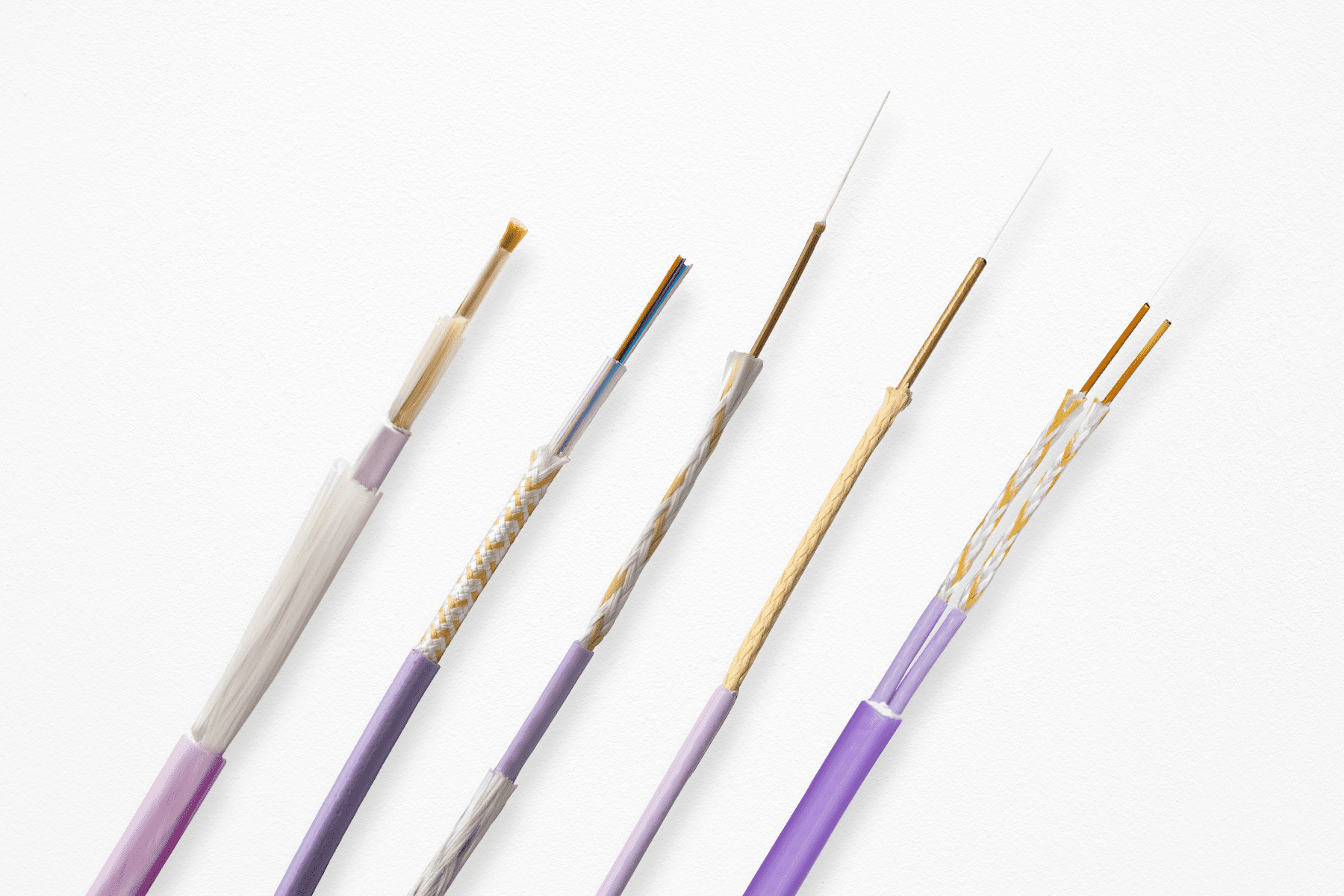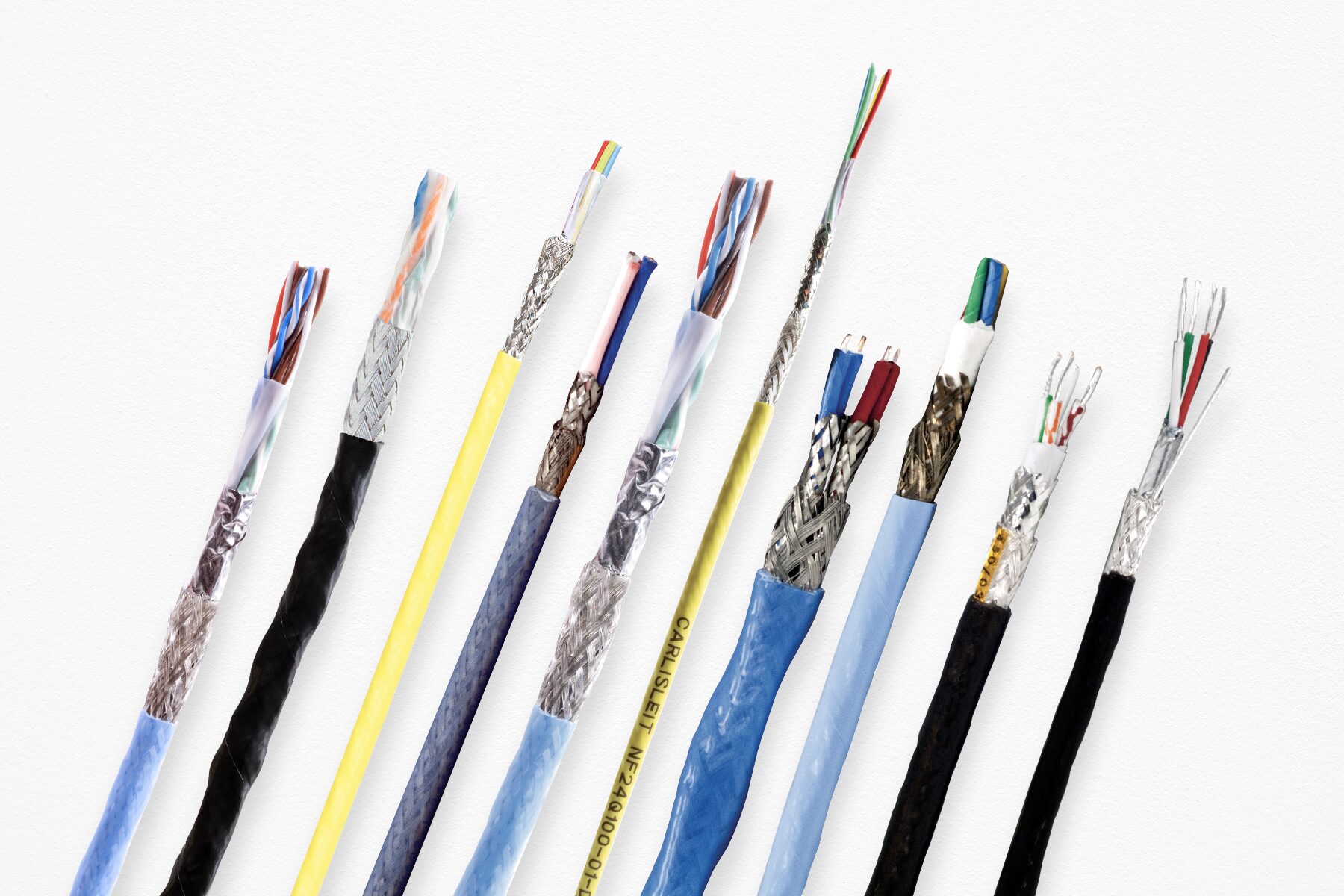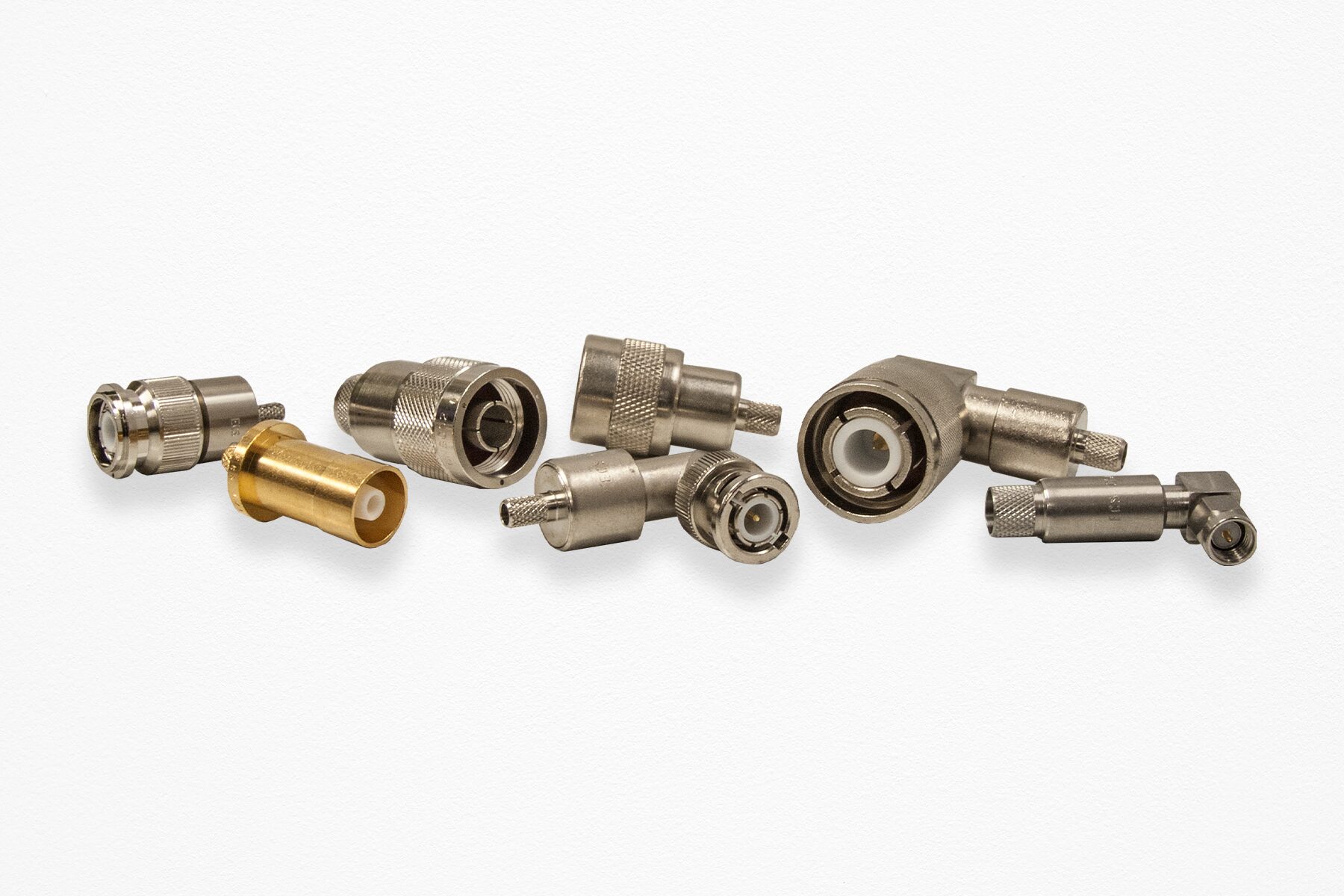Connected Skies: Enhancing Aviation Connectivity with Future-Focused Solutions
In the aviation world, connectivity and interactivity between various systems includes integrating sensors, devices, and networks to facilitate the exchange of information and enable real-time monitoring, analysis, and decision-making.
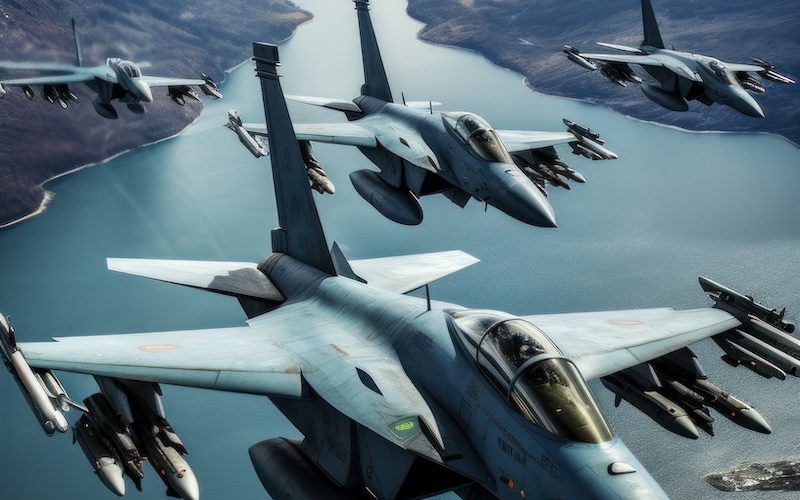
The rapid advancement of technology has led to increased aviation connectivity and interactivity between various components and systems. This includes integrating sensors, devices, and networks to facilitate the exchange of information and enable real-time monitoring, analysis, and decision-making. Connected technologies enable better communication and collaboration between pilots, air traffic controllers, ground crews, and maintenance personnel, resulting in improved situational awareness, increased safety measures, and more efficient operations.
Aviation connectivity also activates the Internet of Things (IoT) between aircraft components, ground systems, and maintenance processes to optimize performance, reduce downtime, and enhance predictive maintenance. Furthermore, connected technology has given rise to advancements in areas such as flight planning, weather forecasting, navigation systems, and passenger experience. It has paved the way for features like in-flight Wi-Fi, personalized entertainment systems, and streamlined check-in processes.
The disconnection of any of these systems can significantly disrupt a flight plan or passenger experience, underscoring the importance of dependable interconnected components.
The delicate balance of the right data cable solution
Choosing the right data cable for aviation connectivity is vital. Factors like data rate, environmental resistance, electromagnetic interference (EMI) sensitivity, and weight must all be considered. The data rate, or the speed at which information can be transmitted, greatly impacts aircraft communication systems. High data rates are necessary to achieve real-time data exchange between the various avionics systems we rely on for efficient operations and safety. When choosing a data cable solution, it is important to select cables that can handle the required data rates without compromising signal integrity. Shielded twisted pair cables or fiber optic cables are often preferred for their superior bandwidth capabilities, reducing the risk of signal degradation or loss over long distances.
Modern airborne fiber optic networks commonly operate at speeds ranging from 10 Mb/s (megabits per second) to several terabits per second (Tb/s). Some manufacturers offer a single-mode fiber designed to carry a single mode of light that provides high bandwidth and long-distance transmission. It can support speeds up to 100 Gb/s (gigabits per second) per channel in commercial applications, with advancements pushing towards 400 Gb/s and beyond. Another option is the multimode fiber optic cables that allow multiple modes of light to propagate simultaneously. Depending on the version and technology, the right multimode fiber can support speeds ranging from 1 Gb/s to 100 Gb/s. Some companies offer Dense Wavelength Division Multiplexing (DWDM) technology that enables multiple wavelengths of light to be transmitted simultaneously over a single fiber, increasing its capacity. DWDM systems can support aggregate speeds of several terabits per second by multiplexing multiple channels.
Environmental resistance is another crucial aspect to consider in the aircraft environment. Aircraft operate in extreme temperatures, humidity, and environments with exposure to chemicals. Data cables should have robust insulation and shielding to protect against moisture, abrasion, and chemical damage. Additionally, they should meet industry standards for fire resistance, such as the Federal Aviation Administration’s (FAA) flammability requirements, to ensure the safety of passengers and crew.
EMI sensitivity refers to the susceptibility of data cables to electromagnetic interference, which can be generated by radio frequency (RF) equipment, power lines, and other electrical systems within the aircraft. EMI can cause data corruption or loss if cables are not properly shielded. To minimize EMI, aircraft data cables should be shielded and grounded effectively. Shielding can be achieved using foil or braided shields that enclose the signal-carrying conductors, reducing the impact of external electromagnetic fields.
Weight is a critical consideration for aviation connectivity, as every ounce matters. Lightweight data cable solutions can contribute to fuel efficiency and overall weight reduction, leading to cost savings and improved performance.
When choosing cables for your connected technologies, specify those with advanced materials and design techniques that create cables with optimal performance-to-weight ratios. For instance, lightweight materials like high-performance jacketing materials, composite strength members, and alloy conductors can significantly reduce the weight of cables while maintaining maximum performance.

Carlisle Interconnect Technologies’ new addition to the Gigabit-Plus line of Ethernet cables boasts even lighter weight with the same performance for aerospace applications.
Critical connector criteria for maintaining connectivity
The demand for increased speed and bandwidth of high-speed data streaming is relentless. Current performance standards for high-speed data rates were not even conceivable a decade ago. Yet, engineers and systems designers must now plan for long-lived aircraft cable and connector infrastructures with enough bandwidth to accommodate future increases in data for avionics, cockpit displays, and cabin inflight entertainment (IFE). The rapid development of high-speed connectivity infrastructures is a challenge for airframe designers that design for a 30- to 50-year operational lifespan, while the installed LRUs may have a service life of 5 to 10 years.
When choosing a connector solution that can handle the speed and bandwidth requirements of high-speed data streaming in aircraft, aircraft engineers and system designers need to consider several critical factors to ensure reliable, efficient data transmission and futureproofing.
First and foremost, the connector solution must maintain signal integrity. Select a connector that will minimize signal degradation, crosstalk, and attenuation to ensure accurate and reliable data transfer over the entire communication link. There are many different types and designs to consider (e.g., avionics RF connectors, high-speed data connectors, filtered connectors). Each has varying characteristics that can impact data transmission. Ensuring interoperability between different components and connected systems is essential to avoid potential integration issues. Choose the appropriate connector type based on the specific data transmission requirements, such as distance, environment, and data rate.
Additional considerations are shielding, EMI protection, and environmental resilience. Connectors should feature effective shielding to protect against EMI and ensure minimal interference with the data signals. Aircraft operate in challenging environments with temperature fluctuations, vibrations, and exposure to moisture and chemicals. The connector solution should be designed to withstand these conditions and maintain optimal performance in extreme scenarios.
Connectors used in aerospace applications must also be lightweight, as weight impacts fuel efficiency and overall aircraft performance. However, skimping on connector construction materials isn’t the answer. Aircraft components, including connectors, must meet rigorous industry standards and certifications for safety and reliability. Compliance with aviation regulations and standards, such as those set by the FAA or other relevant authorities, is necessary.
Aviation connectivity enhances the crew and customer experience
Wi-Fi usage has surged among passengers, pilots, flight crew, ground crew, and operational teams. This wireless transformation significantly enhances the customer experience, sustainability, and overall operations in the commercial aviation environment.
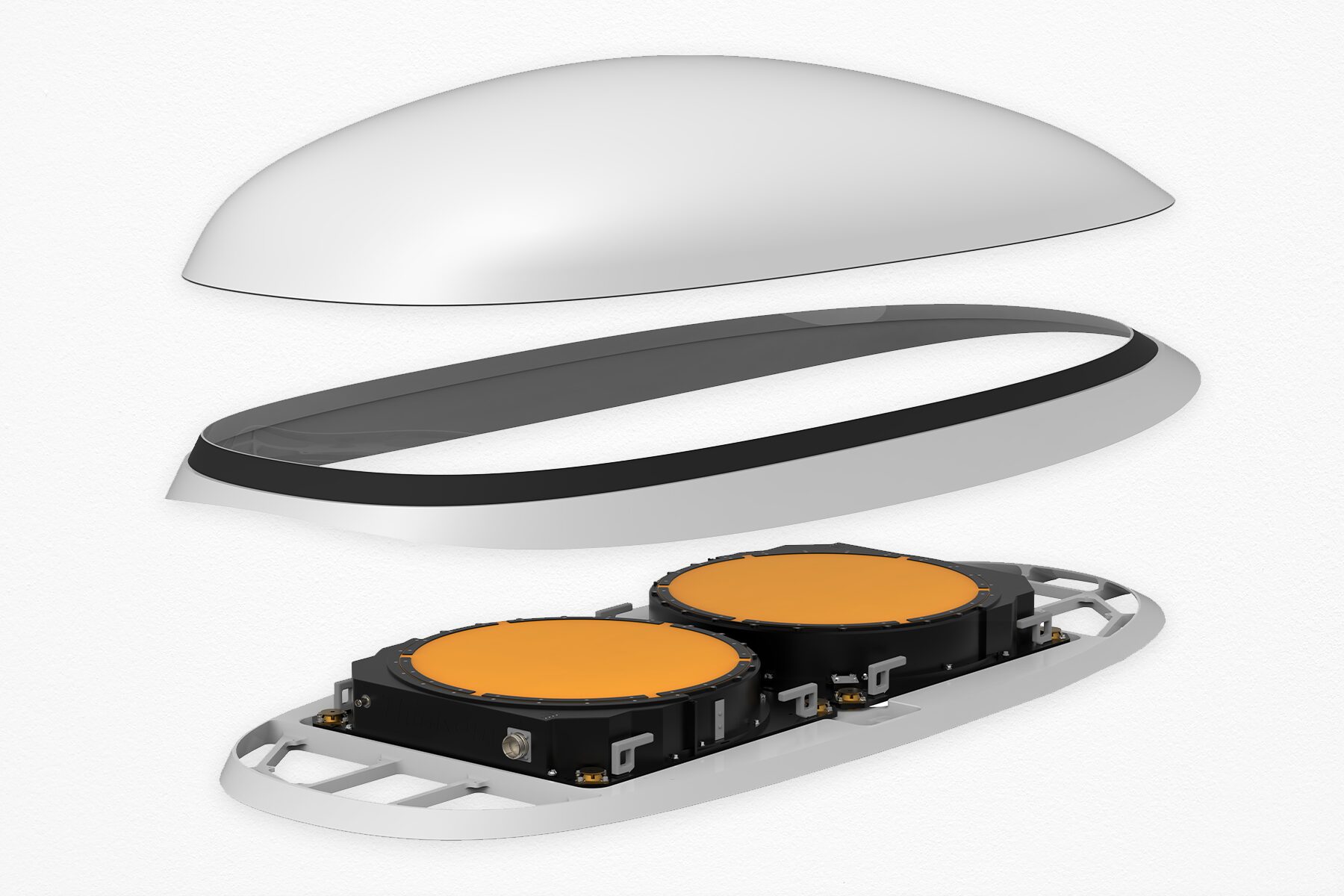
Carlisle Interconnect Technologies’ Ka1717 platform enables connectivity with high-bandwidth services for passengers throughout the duration of the flight.
The potential for growth and innovation in the connected aircraft era is limitless, promising greater advancements in flight planning, weather forecasting, and passenger services. Ensuring reliable performance requires engineers to meticulously assess data cable and connector solutions to best meet the escalating demands for speed and bandwidth in aviation.
To learn more about solutions for aviation connectivity, visit CarlisleIT.
This article originally appeared in the Age of Connected Technology eBook. Download your free copy.
By Daniel Bagby, Product Manager, Fiber Optic, Harry Fenton, Product Manager, Custom Connectors, and Todd Canavan, Product Manager, Aero Structures, Carlisle IT
Like this article? Check out our other Harsh Environment and High-Reliability articles, our Transportation Market Page, and our and 2023 Article Archive.
Subscribe to our weekly e-newsletters, follow us on LinkedIn, Twitter, and Facebook, and check out our eBook archives for more applicable, expert-informed connectivity content.
